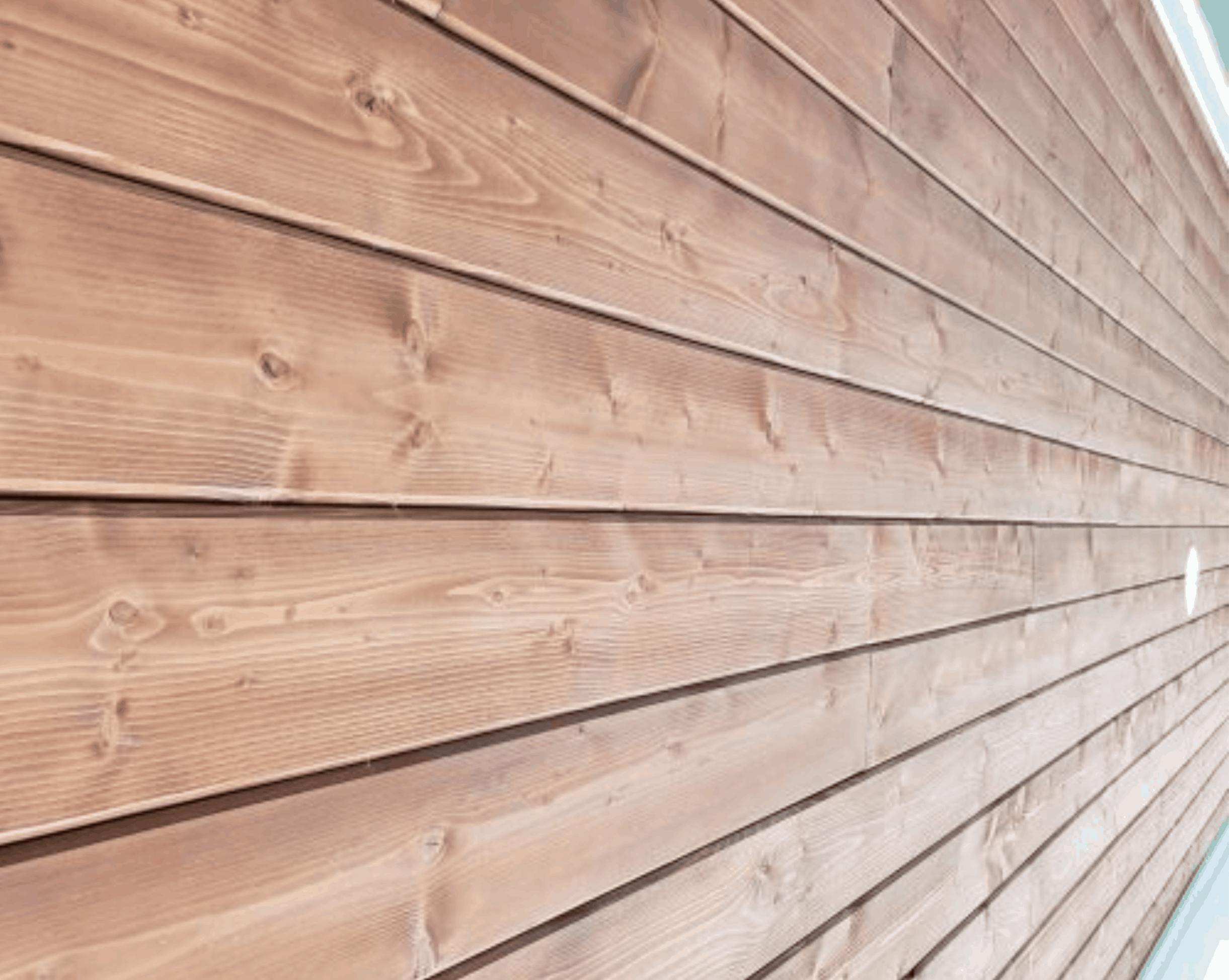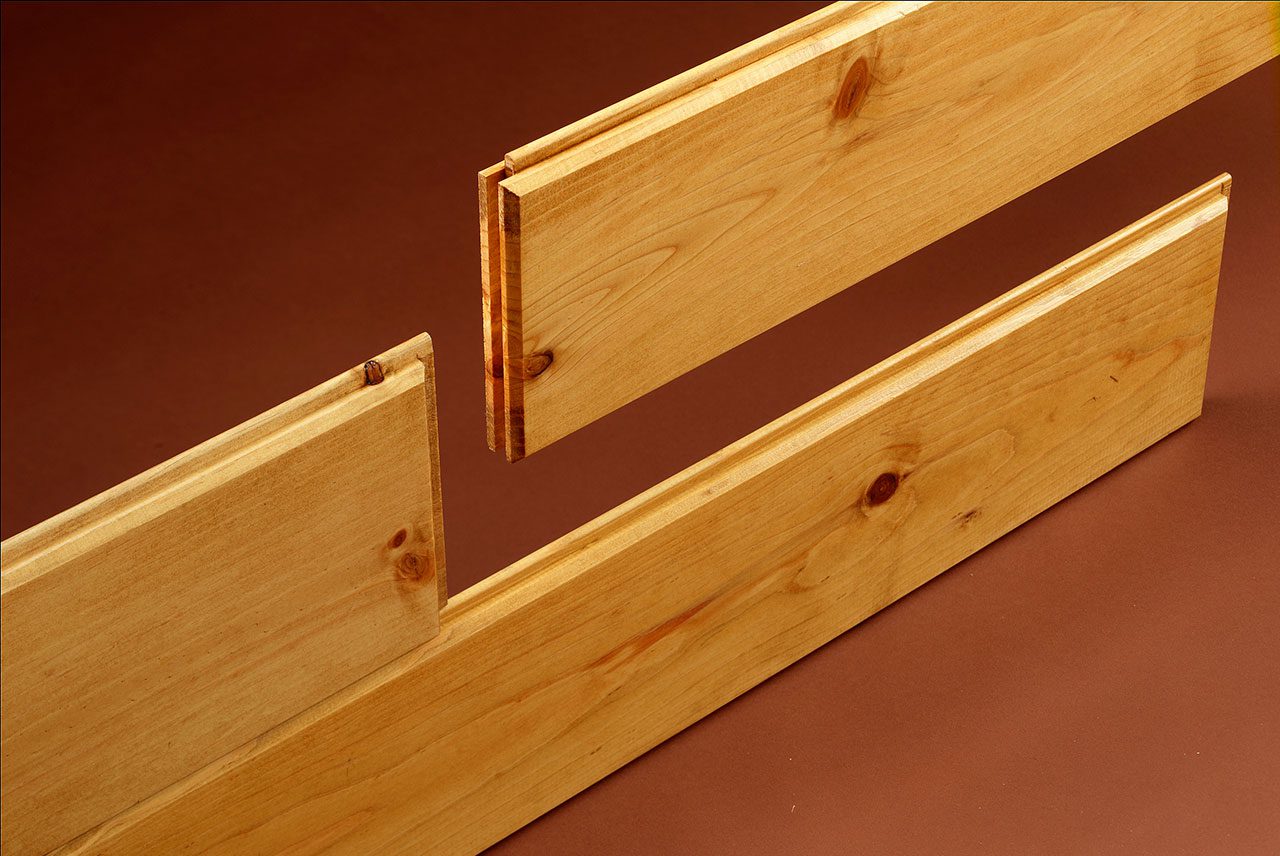Tongue and Groove Wall Basics: Tongue And Groove Bedroom Wall

Tongue and groove wall panels are a popular choice for adding a rustic or modern touch to bedrooms. They are made up of individual boards that interlock with each other, creating a seamless and visually appealing surface. The tongue and groove design allows for easy installation and creates a strong, durable wall.
Types of Materials
Tongue and groove panels are available in a variety of materials, each with its own unique characteristics and benefits. Some of the most common materials used for tongue and groove walls in bedrooms include:
- Wood: This is the most traditional and popular choice for tongue and groove walls. Wood panels offer a natural and warm aesthetic, and they are available in a wide range of species and finishes. Common wood types include pine, cedar, oak, and redwood.
- MDF (Medium-Density Fiberboard): MDF is an engineered wood product that is made from wood fibers. It is a cost-effective alternative to solid wood and is available in a variety of finishes, including paint-grade and veneer. MDF is a good choice for bedrooms where a smooth, flat surface is desired.
- PVC (Polyvinyl Chloride): PVC panels are a durable and moisture-resistant option. They are often used in bathrooms and kitchens, but they can also be used in bedrooms. PVC panels are available in a variety of colors and textures, and they are easy to clean and maintain.
Advantages of Tongue and Groove Walls
Tongue and groove walls offer several advantages over other wall finishes. Some of the key benefits include:
- Aesthetic Appeal: Tongue and groove walls create a unique and visually appealing surface. They can add a rustic, modern, or traditional touch to a bedroom, depending on the chosen material and finish.
- Ease of Installation: Tongue and groove panels are relatively easy to install, making them a good DIY project for homeowners. The interlocking design ensures a secure and tight fit.
- Durability: Tongue and groove walls are durable and can withstand wear and tear. They are a good choice for high-traffic areas, such as bedrooms.
- Sound Insulation: Tongue and groove walls can help to improve sound insulation in a bedroom. The tight fit of the panels reduces noise transmission.
Disadvantages of Tongue and Groove Walls
While tongue and groove walls offer many advantages, there are also some disadvantages to consider. Some potential drawbacks include:
- Cost: Tongue and groove walls can be more expensive than other wall finishes, such as drywall or wallpaper.
- Limited Design Options: Tongue and groove walls are typically limited to a rectangular or square design. They may not be suitable for bedrooms with complex architectural features.
- Maintenance: Wood tongue and groove panels may require regular maintenance, such as sanding and refinishing, to keep them looking their best.
Comparison with Other Wall Finishes
Tongue and groove walls can be compared to other wall finishes commonly used in bedrooms, such as:
- Drywall: Drywall is a common and affordable wall finish. It is easy to install and can be painted or wallpapered. However, drywall is not as durable or aesthetically pleasing as tongue and groove walls.
- Wallpaper: Wallpaper offers a wide range of design options and can add a unique touch to a bedroom. However, wallpaper can be difficult to install and remove, and it may not be as durable as tongue and groove walls.
- Paint: Paint is a simple and cost-effective way to finish walls. It offers a wide range of colors and finishes. However, paint does not provide the same level of texture or visual interest as tongue and groove walls.
Design Considerations for Tongue and Groove Bedroom Walls

Tongue and groove wall panels offer a unique and versatile way to add character and dimension to your bedroom. Beyond their practical benefits, they also present exciting opportunities to personalize your space and create a desired ambiance. Let’s delve into some design considerations that can help you transform your bedroom with tongue and groove walls.
Styles and Patterns of Tongue and Groove Wall Panels
The choice of style and pattern for your tongue and groove wall panels significantly impacts the overall aesthetic of your bedroom. You have a range of options to consider, each with its distinct visual appeal and suitability for different design styles.
- Traditional: Classic tongue and groove panels, often found in traditional homes, feature simple, rectangular shapes with minimal ornamentation. They exude a timeless elegance and can be painted or stained to match various color schemes.
- Rustic: Reclaimed wood panels with visible knots and imperfections offer a rustic charm, adding warmth and character to your bedroom. These panels are ideal for farmhouse, cabin, or cottage styles.
- Modern: Sleek, minimalist designs with clean lines and smooth surfaces create a contemporary look. Modern tongue and groove panels can be painted in bold colors or left natural for a subtle touch.
- Geometric: For a more intricate look, consider tongue and groove panels with geometric patterns. These panels can create visual interest and add a touch of sophistication to your bedroom.
Incorporating Tongue and Groove Walls into Bedroom Design Styles
Tongue and groove walls seamlessly blend into various bedroom design styles, adding a unique touch and enhancing the overall aesthetic. Here are a few examples:
- Farmhouse: Use rustic tongue and groove panels with a natural wood finish to create a cozy and inviting farmhouse bedroom. Consider adding a distressed white paint for a vintage touch.
- Modern: Opt for sleek, minimalist tongue and groove panels in neutral colors or bold accents. This creates a clean and contemporary look, perfect for a modern bedroom.
- Minimalist: Minimalist bedrooms benefit from tongue and groove walls painted in a single, calming color, such as white or light gray. This creates a sense of serenity and allows other elements in the room to stand out.
- Bohemian: Bohemian bedrooms embrace eclectic styles. Use tongue and groove panels in rich colors and textures, such as wood with a natural finish or painted with vibrant patterns.
Designing a Bedroom Layout with Tongue and Groove Walls
Creating a well-designed bedroom layout with tongue and groove walls involves considering factors like lighting, furniture placement, and overall ambiance.
- Lighting: Natural light plays a crucial role in enhancing the beauty of tongue and groove walls. Ensure adequate window space for sunlight to illuminate the panels. Consider incorporating accent lighting, such as sconces or pendant lights, to highlight specific areas and create a warm and inviting atmosphere.
- Furniture Placement: Strategically placing furniture against the tongue and groove walls can create visual interest and define different areas within the bedroom. A headboard placed against a tongue and groove wall adds a touch of elegance, while a dresser or nightstand can create a cohesive look.
- Ambiance: The choice of colors and textures for your tongue and groove walls significantly impacts the overall ambiance of your bedroom. Light, neutral colors create a calming and airy feel, while darker colors can add drama and sophistication. Consider incorporating soft textiles, such as rugs, curtains, and throws, to enhance the ambiance.
Tips for Creating a Cohesive Bedroom Design with Tongue and Groove Walls
Here are some practical tips for creating a cohesive and visually appealing bedroom design using tongue and groove walls:
- Choose a Dominant Color Palette: Select a primary color palette for your tongue and groove walls and extend it to other elements in the room, such as furniture, bedding, and accessories. This creates a unified look and avoids a cluttered feel.
- Incorporate Complementary Textures: Introduce complementary textures to create visual interest. For example, pair rustic tongue and groove walls with soft, plush textiles, or combine sleek, modern panels with metallic accents.
- Use Accents Wisely: Use accent colors and patterns sparingly to avoid overwhelming the space. Consider adding pops of color through artwork, throw pillows, or a statement rug.
- Pay Attention to Details: Small details can significantly impact the overall design. Consider using decorative moldings, trim, or architectural details to enhance the beauty of your tongue and groove walls.
Installation and Maintenance of Tongue and Groove Bedroom Walls

Installing tongue and groove wall panels in a bedroom is a relatively straightforward process that can add a touch of rustic charm and warmth to your space. The process involves careful planning, proper tools, and a bit of patience to achieve a seamless and aesthetically pleasing finish.
Tools and Materials Required
Before starting the installation process, gather all the necessary tools and materials. These include:
- Tongue and groove wall panels
- Measuring tape
- Level
- Circular saw or jigsaw
- Hammer
- Nail gun or brad nailer (optional)
- Safety glasses
- Dust mask
- Construction adhesive
- Caulk
- Finishing nails or staples
- Wood filler
- Paint or stain (optional)
Installation Steps, Tongue and groove bedroom wall
Installing tongue and groove wall panels is a step-by-step process that involves precision and attention to detail. Here’s a breakdown of the installation steps:
- Prepare the Walls: Ensure the walls are clean, dry, and free from any debris. If necessary, apply a primer to create a smooth surface for the panels.
- Layout and Measurement: Measure the wall and plan the panel layout. Determine the starting point and mark the position of the first panel.
- Install the First Panel: Secure the first panel to the wall using construction adhesive and nails or staples. Ensure the panel is level and plumb.
- Install Subsequent Panels: Interlock the tongue and groove joints of subsequent panels, ensuring they are aligned with the first panel. Use a hammer to gently tap the panels into place.
- Cut and Install Panels Around Obstacles: For areas around windows, doors, or other obstacles, measure and cut the panels to fit using a circular saw or jigsaw.
- Finishing Touches: After installing all the panels, fill any gaps or nail holes with wood filler. Once the filler dries, sand the surface smooth and apply a sealant or paint (optional) to enhance the finish.
Tips for Alignment and Finishing
Achieving a seamless and professional finish with tongue and groove panels requires attention to detail and some helpful tips:
- Start with a Level Panel: Ensure the first panel is perfectly level and plumb to provide a solid foundation for the rest of the installation.
- Use a Level: Regularly check the level of the panels as you install them to maintain consistent alignment.
- Stagger the Joints: To avoid creating a monotonous pattern, stagger the joints of the panels by offsetting them slightly.
- Use a Hammer Gently: When tapping the panels into place, use a hammer gently to avoid damaging the wood.
- Caulk the Gaps: After installing the panels, use caulk to seal any gaps between the panels and the walls or around obstacles.
Maintenance and Cleaning
Tongue and groove walls require minimal maintenance and are relatively easy to clean. Here are some tips for maintaining and cleaning your tongue and groove walls:
- Dust Regularly: Dust the walls regularly using a soft cloth or duster.
- Wipe Away Spills: If any spills occur, clean them immediately with a damp cloth.
- Avoid Abrasive Cleaners: Do not use abrasive cleaners or harsh chemicals on the walls, as they can damage the finish.
- Apply a Protective Finish: To protect the wood and enhance its durability, consider applying a sealant or paint after installation.